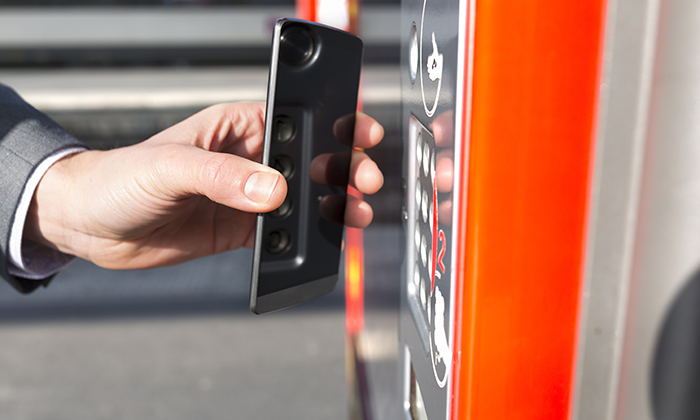In what ways will more traditional payment and ticketing methods need to be adapted to the ‘smart’ revolution in the coming years?
- Like
- Digg
- Del
- Tumblr
- VKontakte
- Buffer
- Love This
- Odnoklassniki
- Meneame
- Blogger
- Amazon
- Yahoo Mail
- Gmail
- AOL
- Newsvine
- HackerNews
- Evernote
- MySpace
- Mail.ru
- Viadeo
- Line
- Comments
- Yummly
- SMS
- Viber
- Telegram
- Subscribe
- Skype
- Facebook Messenger
- Kakao
- LiveJournal
- Yammer
- Edgar
- Fintel
- Mix
- Instapaper
- Copy Link
Posted: 18 October 2017 | Intelligent Transport | No comments yet
As part of our Smart Ticketing & Payments In-Depth Focus, Intelligent Transport asked an expert panel: In what ways will more traditional payment and ticketing methods need to be adapted to the ‘smart’ revolution in the coming years?


Miriama Faberova, Marketing Manager, NXP Semiconductors:
The world’s population is becoming increasingly urban. Ease of accessibility to services has become the major challenge. The need to manage urban flows requires flexible, scalable and extendable solutions to follow city dynamics.
So how are traditional payments and ticketing effected?
Nowadays, traditional transport operators are competing with privately operated services such as Uber, car-sharing, bike-sharing and others. Therefore, it is essential to make the transit services as efficient and convenient as possible. Going for an entirely contactless system unleashes unmatched capabilities for the flexibility, reliability and operational speed needed to drive efficiency in smart cities.
Contactless chip technology is superior over any traditional technology with respect to convenience and overall cost of system ownership. On top of well-known security benefits, contactless technology offers increased passenger throughput and reduction of expenses related to passenger assistance for cases like wrong media usage or corrupted ticket data.
In doing this, improved reliability of each transaction enables more flawless movement at the gates, significantly enhancing the experience of all passengers.
MIFARE-based contactless fare solutions enable the widest possibility of accepting fare media from low cost, single trip over high security long term, up to mobile devices at a choice of online or offline handling. This all comes at the lowest cost of maintaining only one interface (contactless) at all points of acceptance.
Paul Doukas, Director of Business, Americas, SUZOHAPP:
The smart revolution has begun. There are already a wide range of electronic card payment possibilities available, including near-field communication (NFC)-based mobile ticketing, Apple Pay, Google Wallet, and digitalisation cards. Smartphones are also being used in the transit industry for payment of parking fees, purchases at retail outlets, providing real-time service information to customers, displaying interactive route maps and service schedules, reporting maintenance conditions, sounding alarms in case of emergency, and accessing Wi-Fi at stations and on transport. Many transport providers across the world are providing free access to the internet to allow passengers to manage personal ticketing accounts, buy and reload tickets, view transaction history, and access real-time vehicle schedule information.
Taking this into account, two major issues need to be considered: unbanked users and technological availability. Cash is still king in many countries of the world, and for many people, it is still the only way to pay. A large percentage of the world is unbanked – there are still billions of people who have no access to a bank account nor possess a smartphone. For people who do not possess a credit, debit card or smartphone, advances in cashless payments are meaningless.
Transport operators have to provide a secure, fast internet connection to ensure that smart payment systems can work. Yet there are areas where technology has its boundaries – for example, in underground transport systems. Low smartphone batteries or poor network availability could inhibit the purchase of tickets or ability to validate them.
Cash remains very important for the public transport sector as it ensures that the payment terminals remain accessible to everyone. For this reason, traditional and smart payment systems should go hand-in-hand. In the world of cash handling, the key is finding the right mix of cash management solutions. Applications diff er, yet there are solutions that are focused on the various needs of the transportation market.
Related topics
Passenger Experience, Ticketing & Payments, Travel & Passenger Information
Issue
IT Issue 1 2017
Related organisations
NXP Semiconductors N.V., SUZOHAPP
Related people
Miriama Faberova, Paul Doukas








